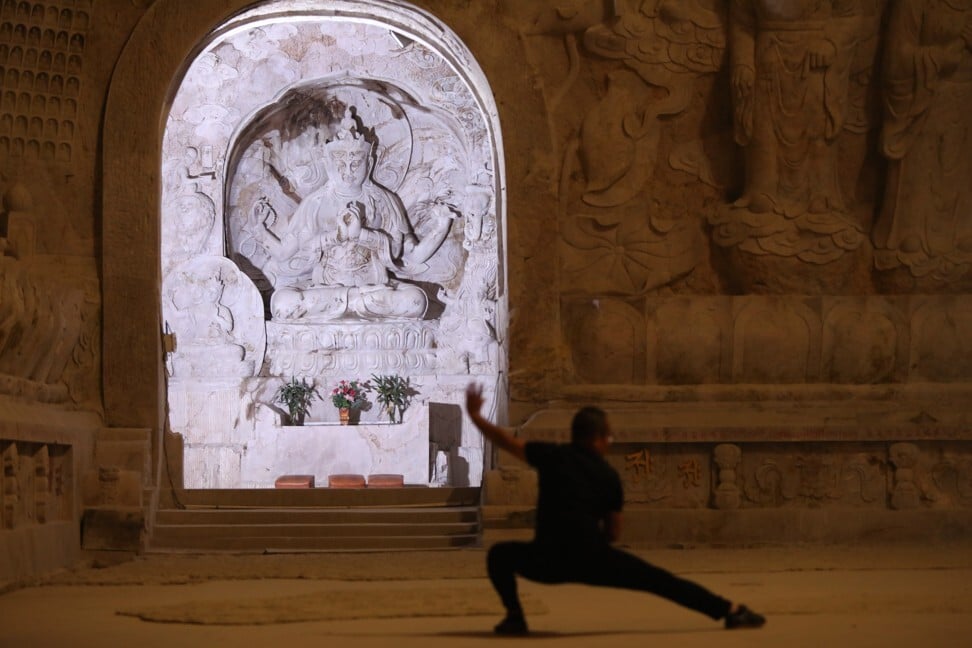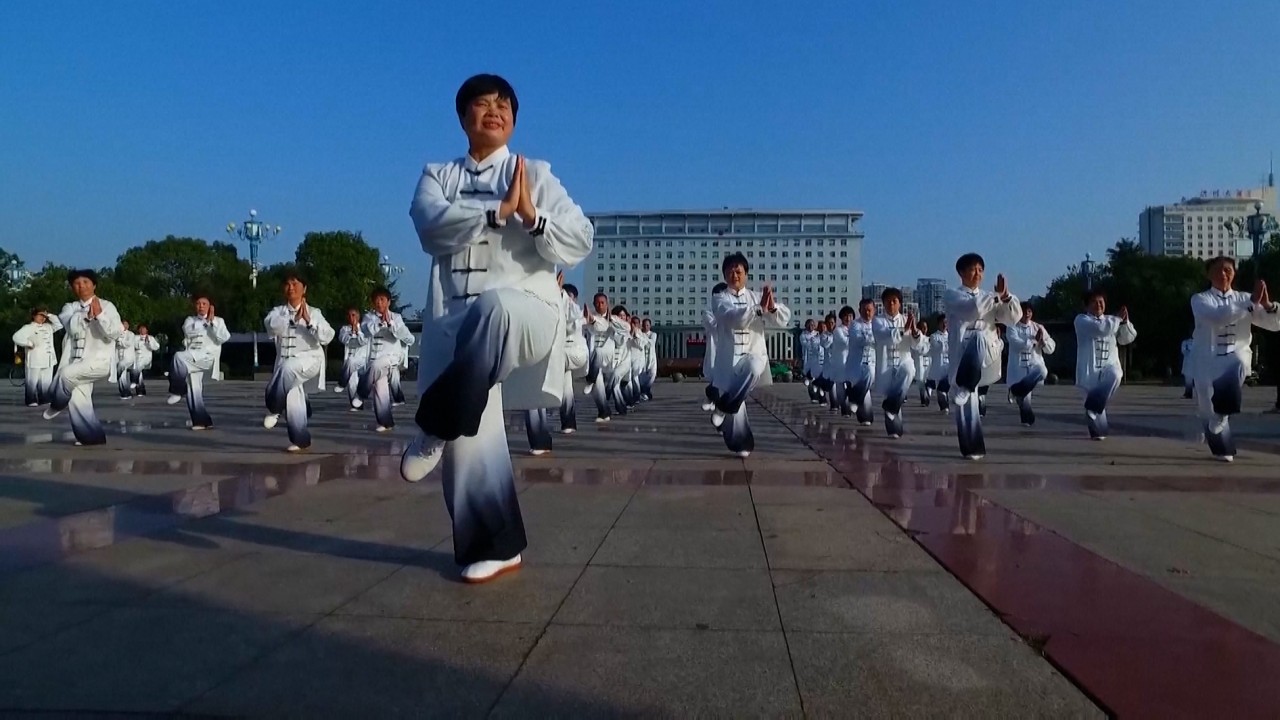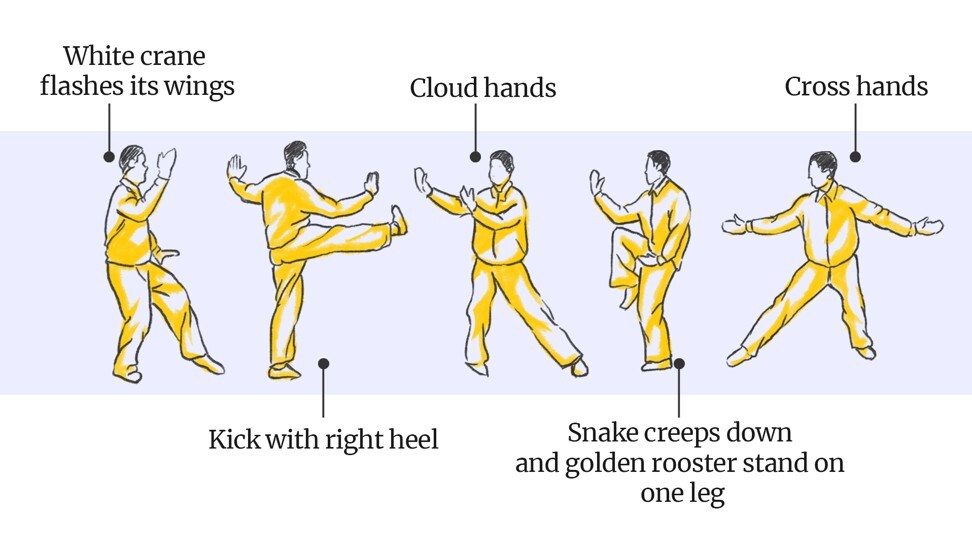
Tai chi added to Unesco intangible cultural heritage list, 12 years after China first applied for recognition of the ancient martial art
- China can finally relax after winning a decade-long battle for the globally popular, centuries-old Chinese martial art to be granted heritage status by Unesco
- Its inclusion on the cultural heritage list ‘will help this sport to reach more places’, a researcher says
Tai chi, a centuries-old Chinese martial art and an internationally popular form of exercise, has been added to Unesco’s cultural heritage list.
For more than 10 years (its initial application was rejected in 2008) China has been trying to have tai chi – also known as taijiquan – recognised officially by the United Nations Educational, Scientific and Cultural Organisation on the Representative List of the Intangible Cultural Heritage of Humanity.
At the time, judges told China it had applied for too many listings for tai chi to be considered for a place. China was told to reduce its applications from the 12 submitted, which included tai chi, Shaolin kung fu, Peking opera and acupuncture, Tencent News reported.
“Taijiquan is not just a sport to make people fit, but also contains Chinese culture and philosophy,” researcher Yan Shuangjun told Xinhua News Agency. “The application started in 2008, and now we made a victory, which will help this sport to reach more places.”

According to the Mayo Clinic in the United States, doing tai chi can reduce stress, anxiety and depression, improve aerobic capacity, energy and stamina, enhance the immune system and relieve joint pain.

01:10
Chinese martial art Tai Chi is added to Unesco’s intangible cultural heritage list
The traditional Chinese martial art was born in the village of Chenjiagou, in central China’s Henan province, in the mid-17th century. It now has more than 100 million practitioners in more than 150 countries and regions, Xinhua reported.
When granting a coveted heritage listing, one of Unesco’s most important considerations is to assess if the subject of an application represents a “masterpiece of human creative genius”. Other factors include exhibiting an important interchange of human values and “to bear a unique, or at least exceptional, testimony to a cultural tradition or to a civilisation”.

In 2011, China successfully applied for Chinese shadow puppetry, a form of theatre that uses colourful silhouette figures made from leather. In 2013, the country’s application was for Chinese zhusuan, or abacus-based mental calculation, which also made it onto the list.
In 2016, Henan province made applying to add taijiquan for the heritage list a priority. There was speculation that Japan and South Korea were gearing up to make similar applications.
The village of Chenjiagou has dozens of taijiquan schools and more than 800 current masters. Well-known masters include Chen Changxing and Wu Yunang.

Films, such as the 1994 hit The Karate Kid, have helped launch the ancient practice onto the global stage. The Karate Kid depicts a teenage boy, played by Ralph Macchio, who uses a mix of karate and other Chinese martial arts such as tai chi, to face his bullies.
In China, tai chi is widely represented in film and other media. In 1997, popular Chinese television show Tai Chi Master portrayed the story of a young man trying to learn the art from a real master in a village.

Jack Ma, the chairman of China’s largest e-commerce firm, Alibaba Group, which owns the South China Morning Post, made a short film called Gong Shou Dao in 2018, in which he plays a tai chi master who is able to defeat a string of foes.
Taijiquan now has worldwide recognition for its value to all humanity.

.jpg?itok=H5_PTCSf&v=1700020945)